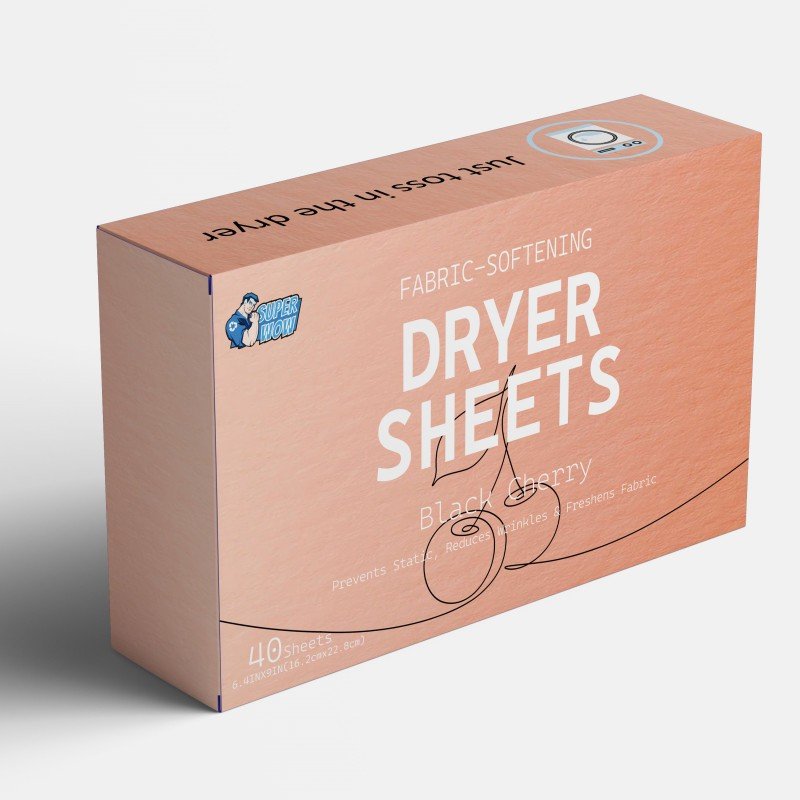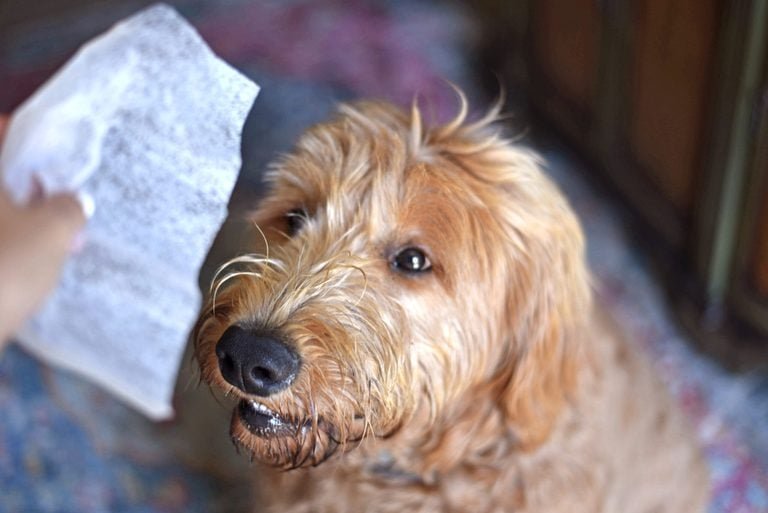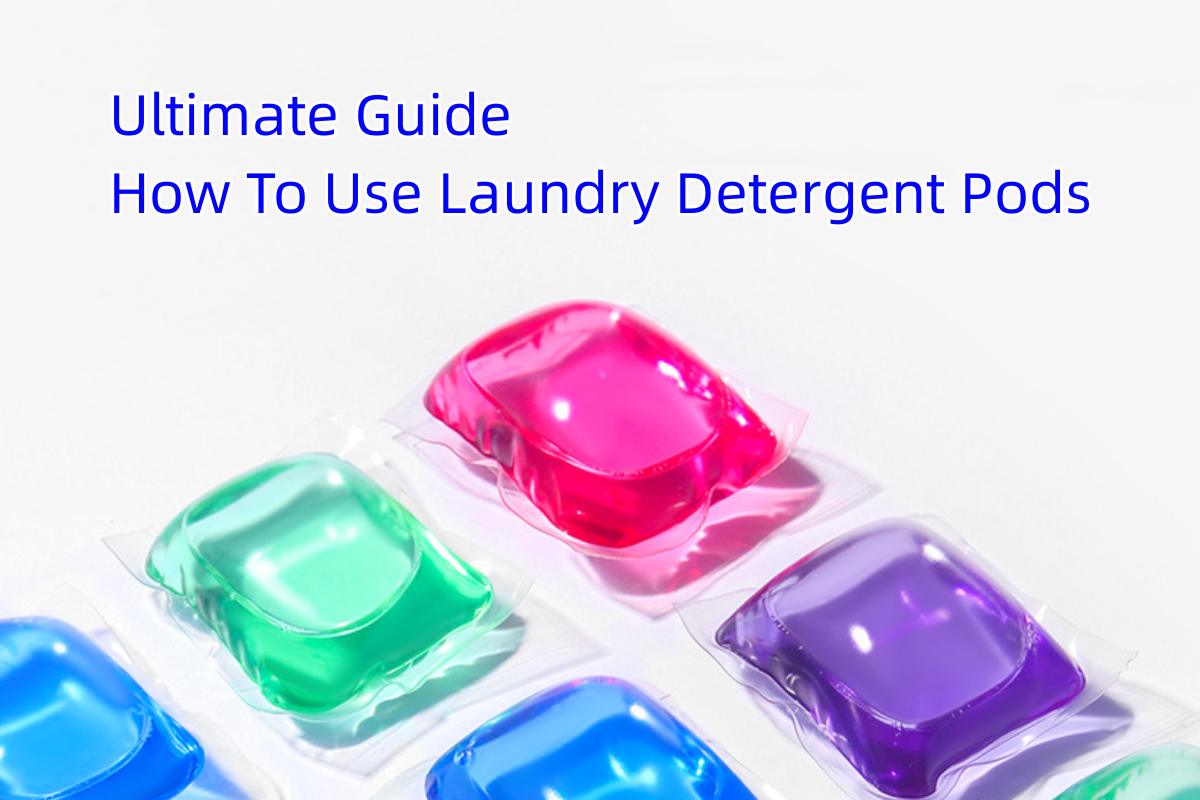When you do your housework and laundry, you must have a headache in dealing with the lint that accumulates on your clothes. Because the lint not only make the clothes bad, they also expose your family to allergies.
Lint Causes
Before we find out the solution to get lint off your clothes, we need to understand, where does lint come from?
Lint on clothing is usually created by fiber breakage and friction during the washing and drying process. Here are some of the common causes of lint on clothing:
Fiber friction
When clothes are tumbled in the washer or dryer, different or identical fabrics rub against each other, causing fibers to break and lint to form.
Fiber breakage
Some fabrics (such as cotton and wool) are naturally prone to breakage. During the washing and drying process, small portions of these fibers may break off and remain on other garments.
Static electricity
Especially in dry environments, static electricity between garments can attract lint particles and cause them to stick to the surface of the garment.
Detergents and washing methods
Excessive use of detergents or choosing a wash cycle that is too strong can also increase fiber loss, resulting in more lint.
Lint Prevention
How can I avoid lint on my clothes?
Avoiding lint on your laundry can be achieved mainly by changing your washing and drying habits. Here are some practical suggestions:
Sort your laundry
Sort your laundry by fabric and color. Try to avoid washing lint-prone garments such as sweaters and fleece shirts together with other garments. This will reduce friction and fiber migration between garments.
Use a mesh bag
For particularly lint-prone garments such as wool and knitwear, washing them in a mesh bag will minimize direct contact and friction with other garments.
Turn inside out
Turning lint-prone garments inside out protects the outer layers from direct friction.
Choose a gentle wash program
Use your washing machine’s gentle or hand wash program to reduce agitation and friction in the machine, thus reducing linting.
Use dryer sheets
Adding dryer sheets to the drying process can help soften clothes and reduce static electricity, which in turn reduces lint attraction. To use such dryer sheets to the mix softens garments and reduces the static cling that causes lint to stick to fabrics.
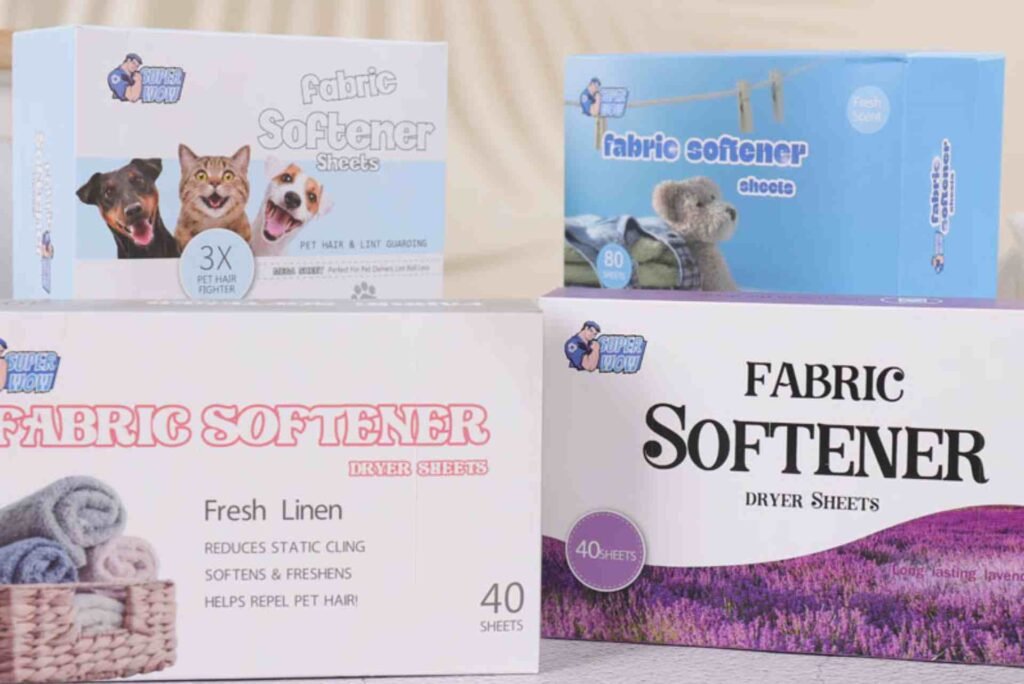
Dry at low temperatures or dry naturally
High temperatures can exacerbate fiber breakage; using lower drying temperatures or drying naturally can reduce lint production.
Clean your dryer’s lint filter regularly
It’s important to keep your dryer’s lint filter clean to improve drying efficiency and reduce lint transfer between loads.
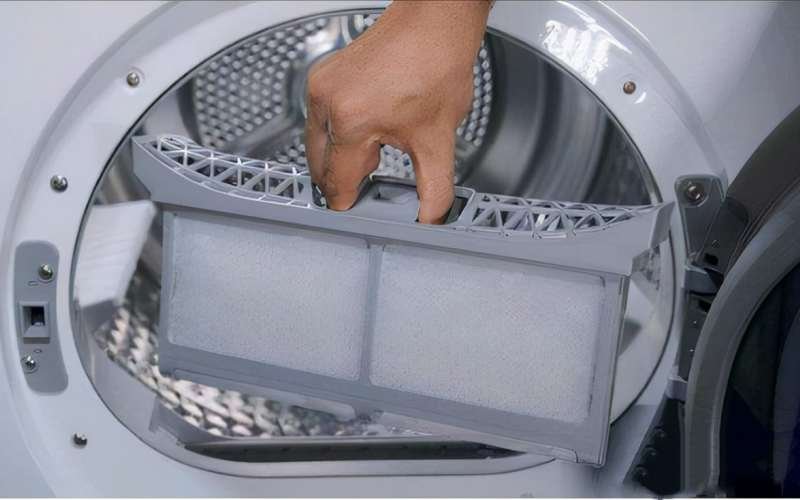
Lint Removal
While there are ways to prevent lint buildup, such as making sure your pockets are empty before washing or using dryer sheets during the cycle, there will always be times when you need to learn how to remove lint after it has already returned to your clothes.
Luckily, it’s a relatively simple thing to do, especially with this guide to help you find one way or another to remove lint from your clothing. Check it out!
Dryer sheets
Since dryer sheets are designed to eliminate static electricity and prevent lint from building up, you can use a sheet of dryer sheets to wipe lint from fabrics. Simply take a sheet of dryer sheet and use it to rub the lint in one direction. You should see the lint start to collect and then you can manually remove the accumulated lint.
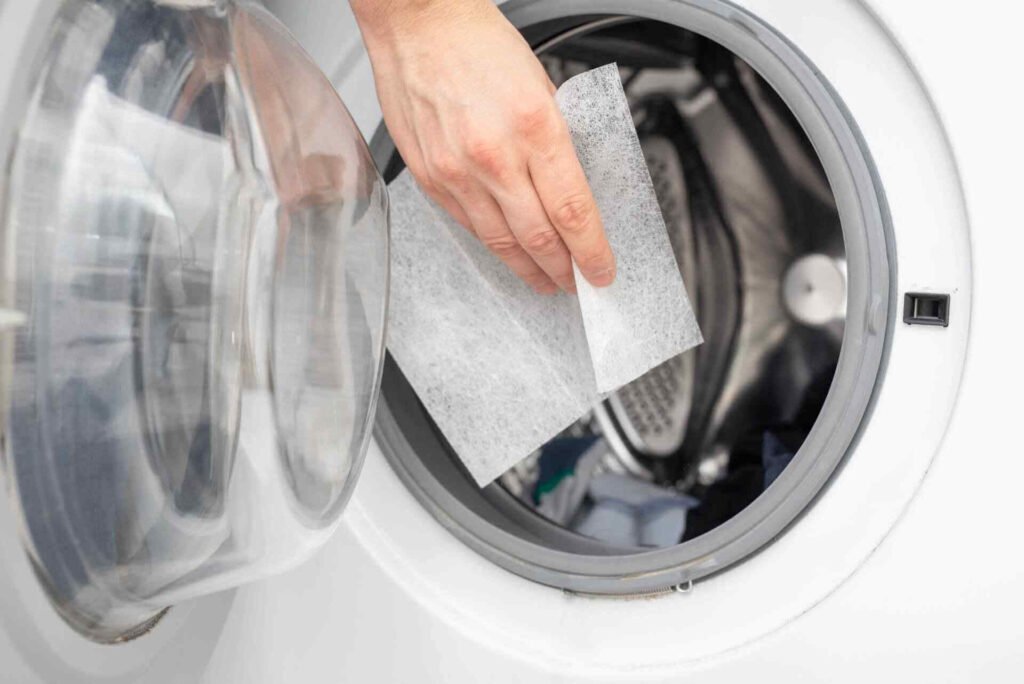
Lint Roller
First, you can use a specialized commercially sold lint roller. These lint rollers can be found in the laundry area of most supermarkets, textile and pet stores. To start, remove the wrapper from the roller section and roll it over the fabric you need to clean, you should see the lint being picked up by the roller. As you continue to do this, the stickiness of the roller will gradually diminish. When this happens, you’ll need to peel off the layer on the roller to reveal the new sticky paper underneath and continue removing lint from the garment.
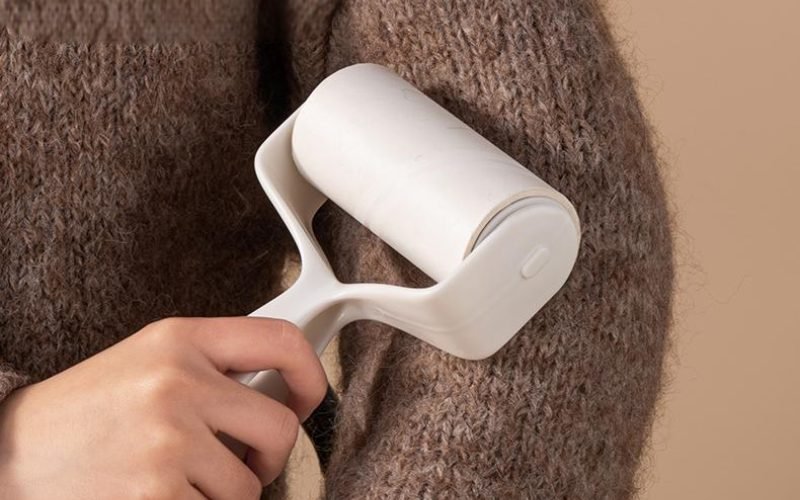
Lint Brush
As an alternative, if you can’t find a lint roller, you might consider purchasing a lint brush. Lint brushes are similar in shape to hair brushes, but they have a pad to catch the lint instead of bristles. Similar to the soft side of Velcro, the pad needs to be brushed against the fabric to gather the lint and pull it off the fabric. The key is to brush the entire garment in one direction, starting at the top and ending at the bottom edge.
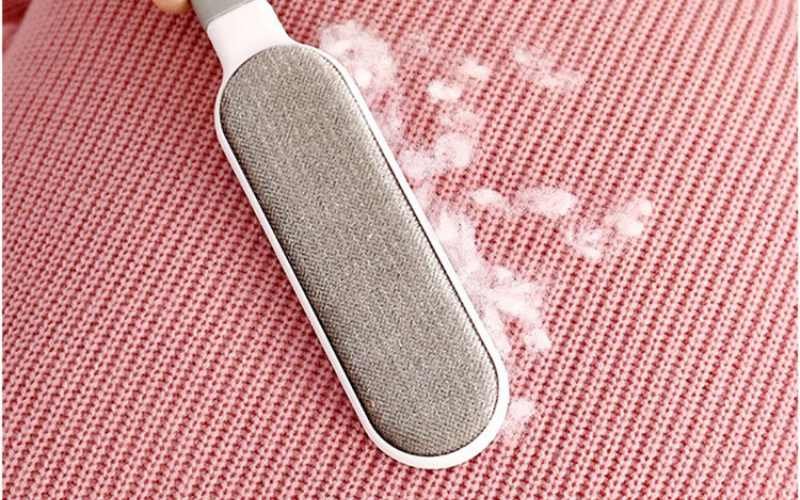
Tape
Cut strips of duct tape and stick them to your clothing, then peel them off to remove the lint. In addition to this, you can also try wrapping some tape around your palm (adhesive side out) and then placing your palm on the fabric and lifting it up. This should achieve the same effect as a lint roller, though not as conveniently rolling over the garment as a lint roller.
Of course, if you want to make this method even easier, you can wrap a rolling pin in duct tape with the adhesive side facing out and try it out. This homemade lint roller should quickly remove large areas of lint as it rolls over the fabric.

source: wikihow
Rubber Gloves
The rubber on dishwashing gloves is a great alternative for removing lint. Simply put on the gloves and slowly rub your hands over the fabric in one direction. This collects all the lint and pushes it away from the fabric as you continue to rub the glove over the fabric. Another bonus is that this technique also works for removing animal hair.

Lint Removal Tips
How do I remove stubborn lint without damaging my clothes?
To remove stubborn lint without harming your clothes, you can use a lint roller to rub the fabric, or press masking tape onto the lint-covered areas to lift the lint away.
If you’re still struggling with persistent lint, try turning your clothes inside out and washing them on a cold, gentle cycle. Try to use a piece of dryer sheet, which would help a lot. This approach can help you manage lint more effectively and with less frustration.


